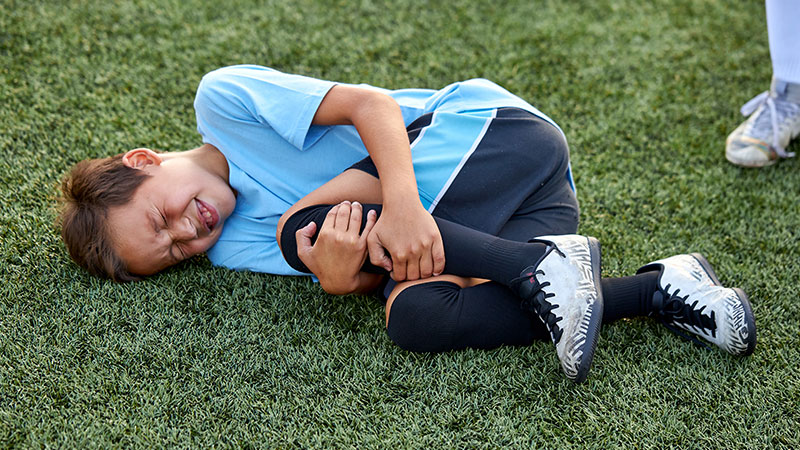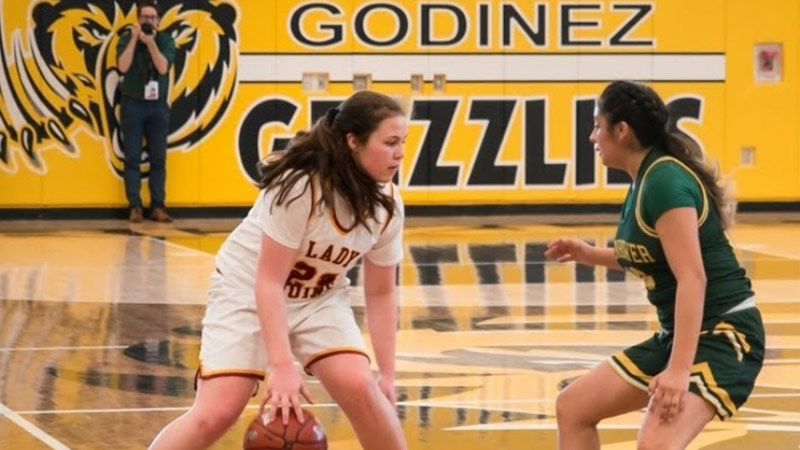Our Orthopedic Center provides comprehensive assessment, treatment and follow-up care to children, adolescents and young adults with sports-related injuries, whose musculoskeletal problems are different than adults.
These sports injuries, include:
- Fractures
- ACL injuries
- Anterior knee pain
- Meniscus tears
- Growth plate injuries
- Osgood-Schlatter disease
- Shoulder conditions related to pitching
- Shoulder instability and dislocations
- Patellar instability
- Ankle instability
- Cartilage injuries
- Management for labral tears and femoroacetabular impingement
Non-Surgical Treatment
In sports injuries, strains or sprains may just need rehabilitation therapy, which has a more rapid return for an athlete than surgery. Rest, ice, compression and elevation are the main treatment choices for strains and sprains. For fractures, non-surgical methods, such as manipulation, splinting and casting are used to correct the sports injury.
Surgical Treatment
For patients who have reached skeletal maturity, some surgical options are available. The pediatric orthopedic care team analyzes the injury site to choose the best treatment method for each individual patient. The most common type of surgery is sports injury reconstruction using arthroscopic techniques. Sports medicine surgeries take place in our Surgical Center.
Condition Management
Board-certified pediatric orthopedic surgeons, specializing in sports medicine and surgery, develop long-term treatment and physical activity plans designed to return the injured athlete back to their sport as soon as possible. In addition, the orthopedic care team develops pre-participation physical evaluations and teaches injury prevention strategies, with an emphasis on avoiding repeat injury.
Sports Physical Exam – Pre-Participation Physical Examination (PPE)
A sports physical exam is a thorough medical examination that determines whether or not it’s safe for an athlete to participate in a particular sport. Sports physicals are often required for children and teens before they are allowed to join a team sport and are usually repeated before each season.
A sports physical includes a detailed medical history that is usually on a form filled out prior to the exam. The physical part of the exam includes:
- Recording height and weight
- Checking blood pressure and pulse
- Vision test
- Heart, lungs, abdomen, ear, nose and throat examination
- Evaluating posture, strength and flexibility
Some exams also may require an electrocardiogram or EKG to further measure the heart. The confirmed healthy results ensure that an athlete is physically capable of participating in his or her chosen sport.



